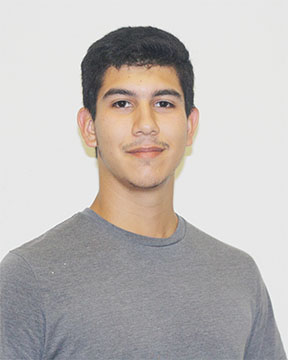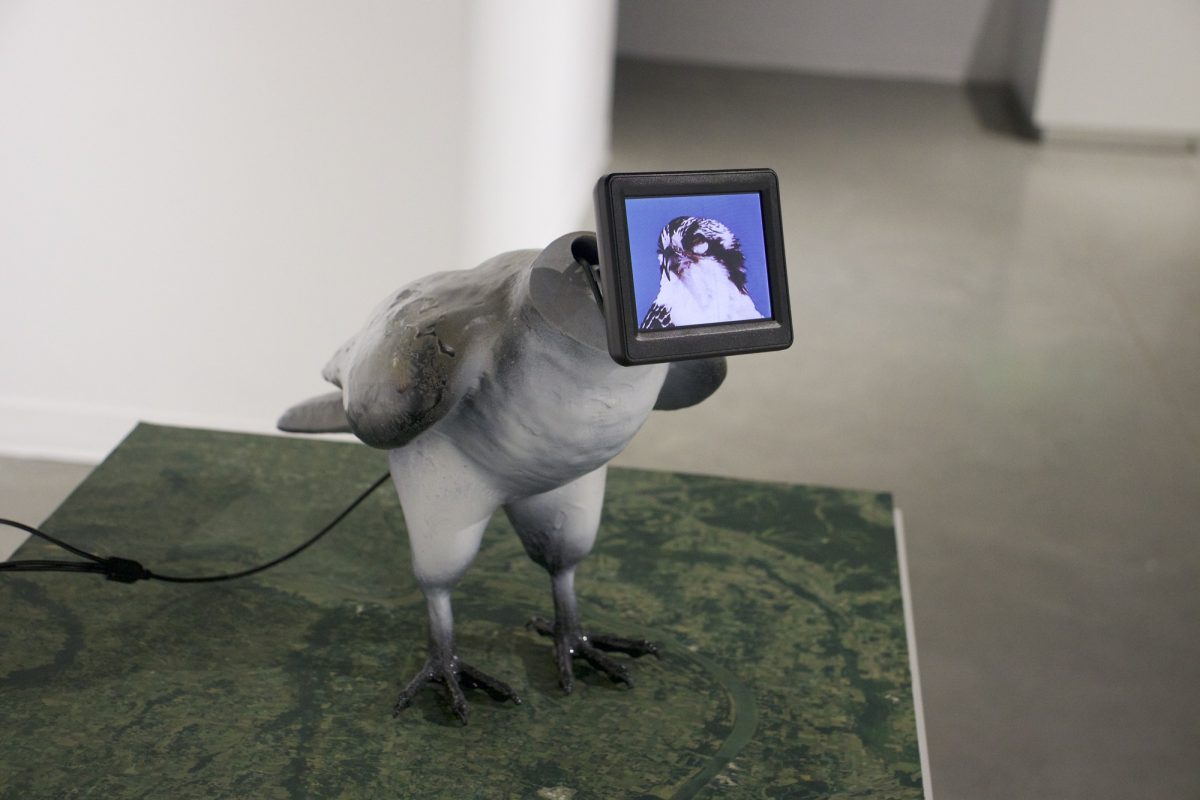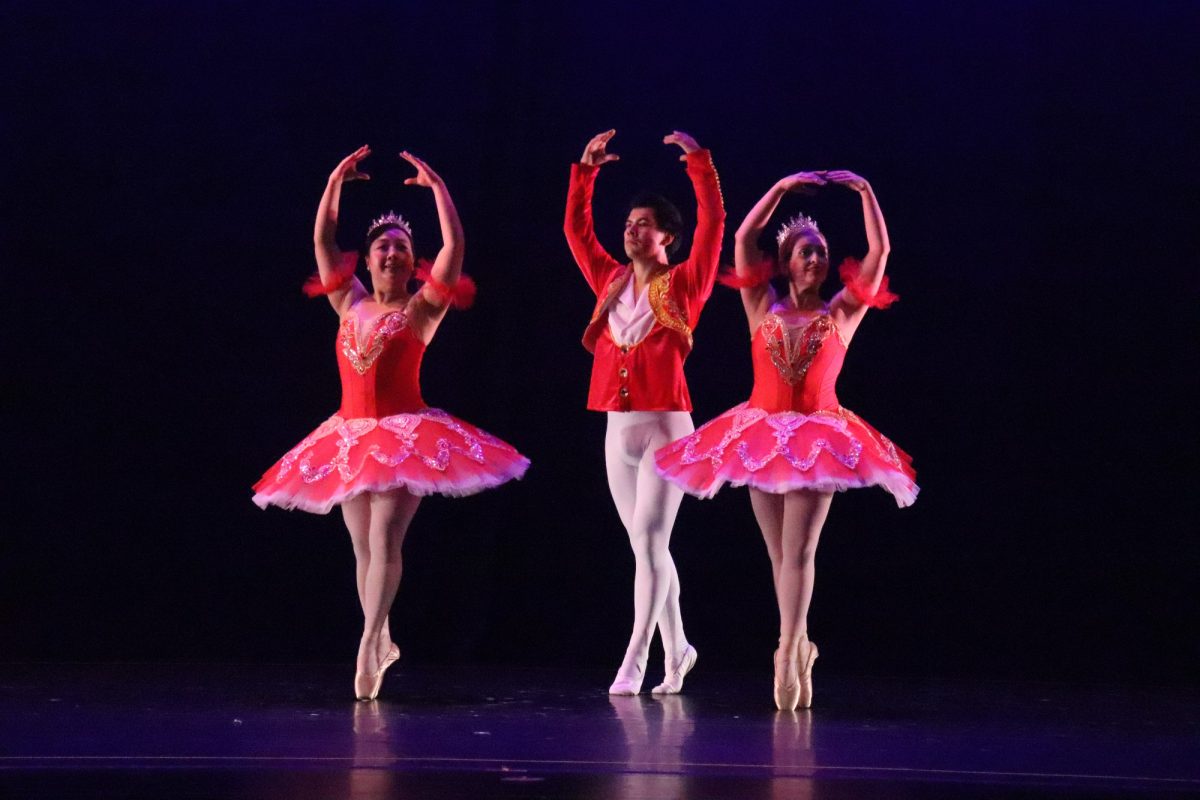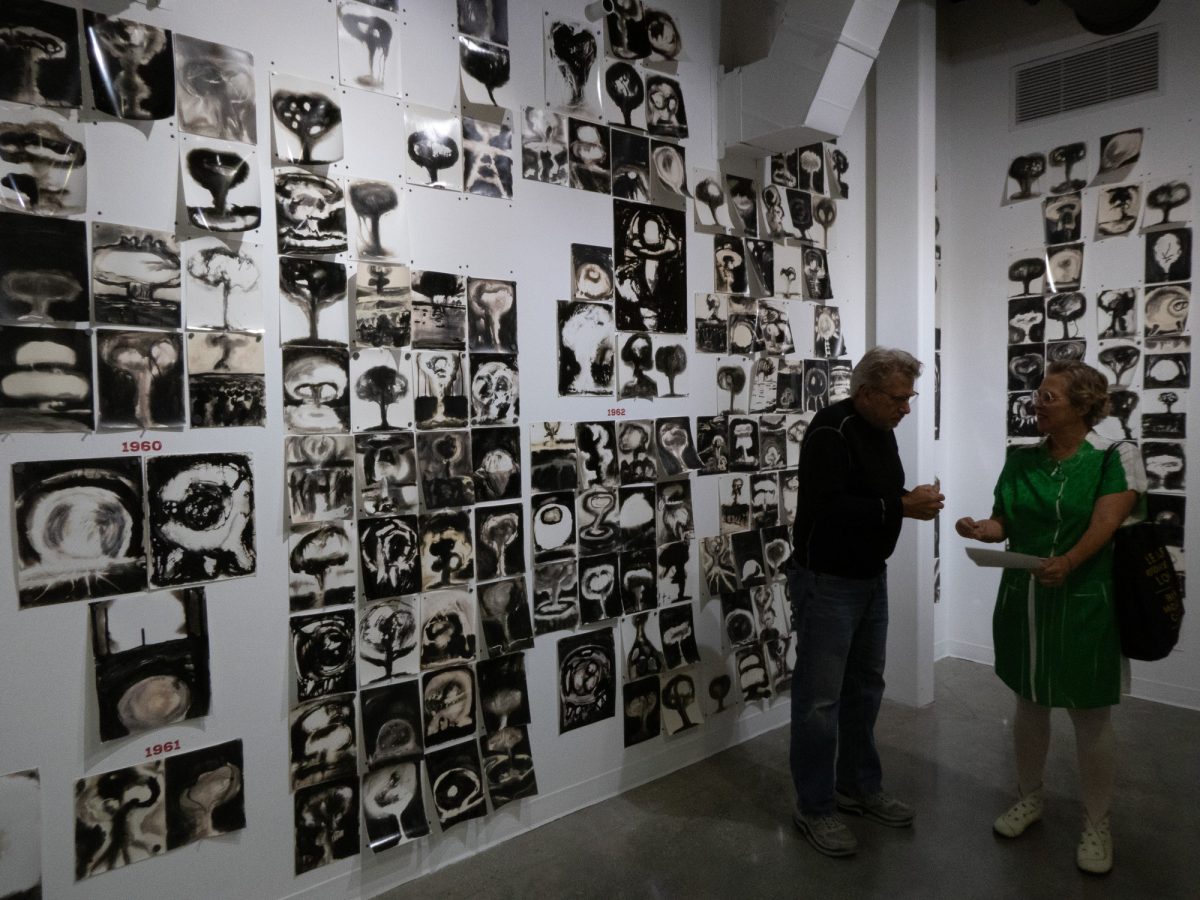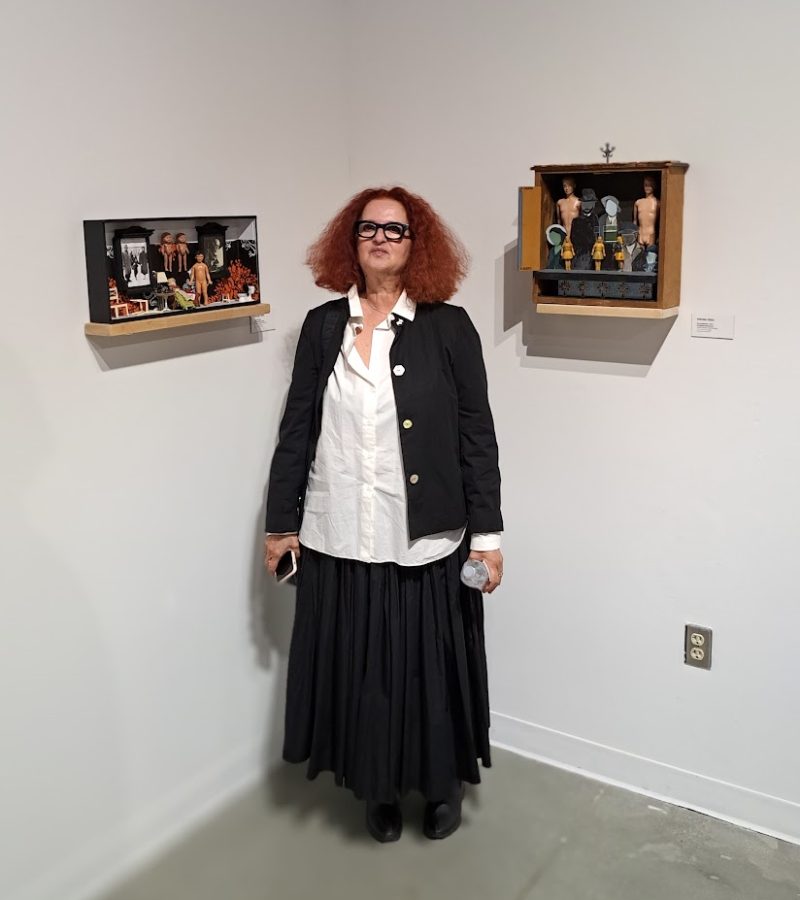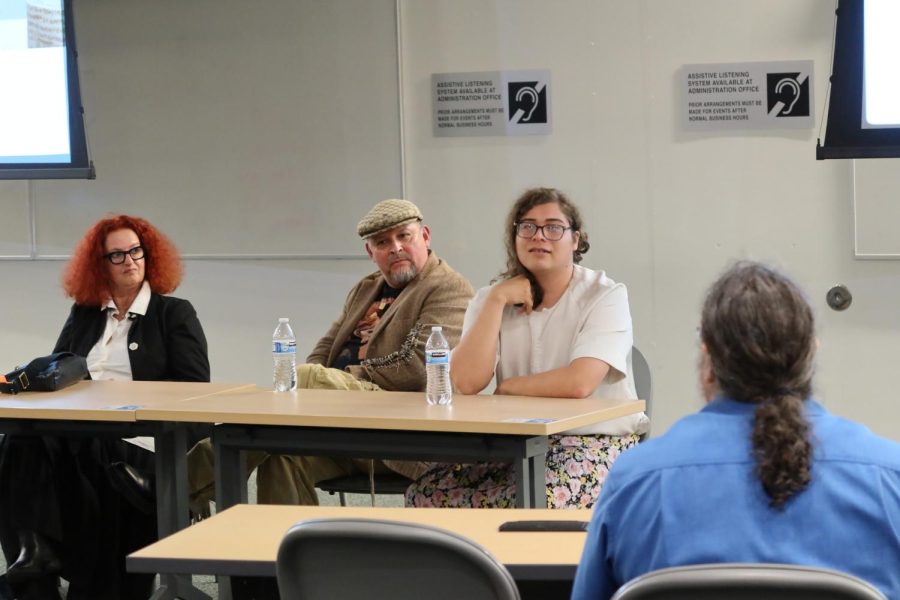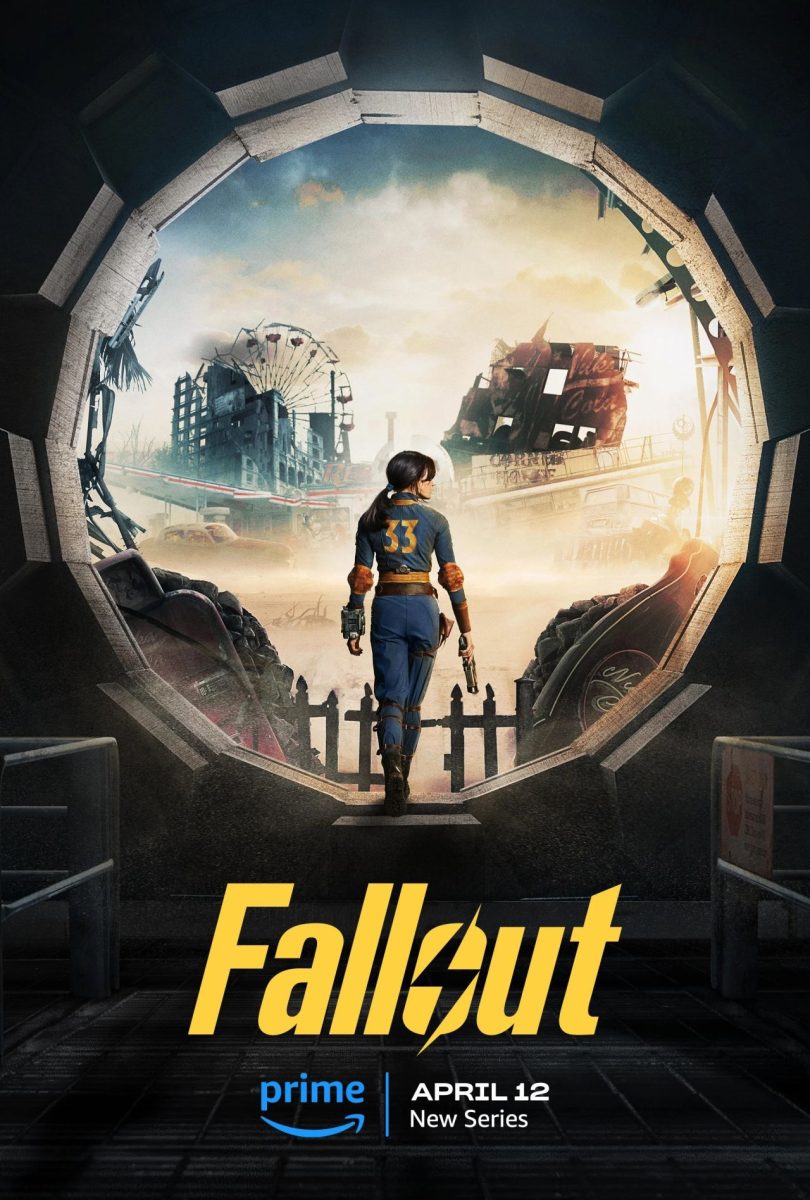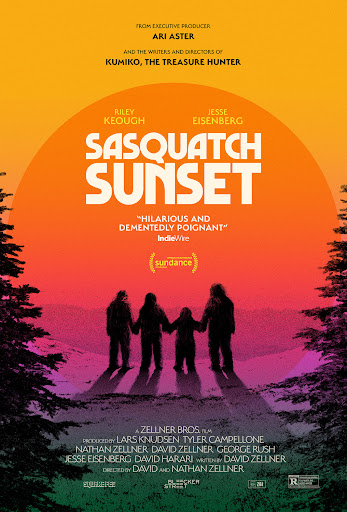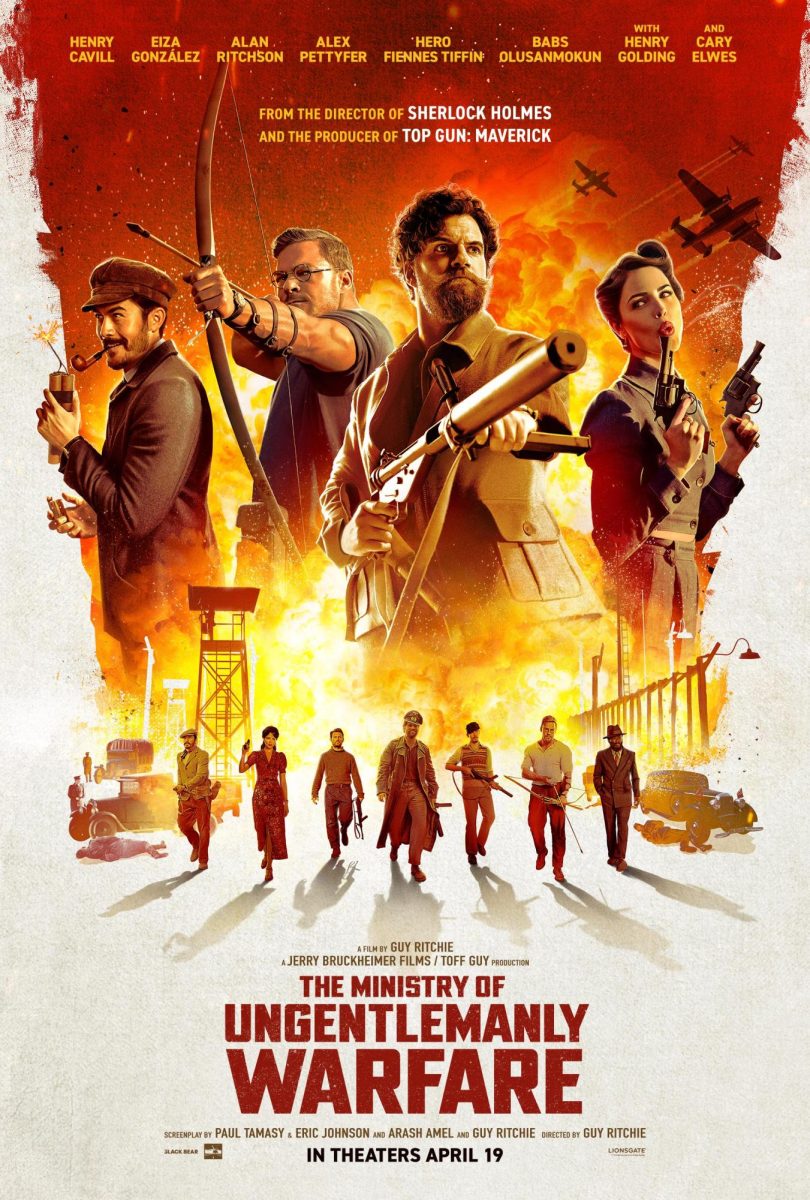Much like the set that the set the play is set on, “Waiting For Lefty” by Clifford Odets has some character to its looks, and it’s that character that carries “Lefty” through both of its acts.
While they may appear as flaws, or signs of age, the cracks and signs of stress are what defines the play. Though this may cause some students or potential audience members from seeing the show, those that do will not be disappointed.
Written in 1935 and set within the same year, “Lefty” follows a group of taxi drivers as they form a union and discuss possibly going on strike until the company they work for increases their pay to a livable wage.
As each member speaks at the union gathering, we learn each if their backstories.
Racism and poverty are two of the ideas that are tackled in the play, but the issues are some of the same ones we still face today.
These backstories are where the actors really shine.
While the union meeting scenes move the story forward, the repetitive nature of them was apparent. The scenes do not allow the narrative to focus on one character, unless someone is dominating the scene, which often happened during union scenes whenever Fatt, played by Will Hailey, spoke and grimaced his way across the stage.
While this is largely due to the writing from Odets, some of it falls to the cast trying at times too hard to create an atmosphere of rage and protest. The calls from the chorus at times are too loud to hear whenever main characters are speaking.
As each backstory continued, actors, both new and old, brought the audience into their lives.
Theatre veterans Gabrielle Gutierrez and Christopher Rodriguez, who played Edna and Joe, a married couple whose poverty-stricken lifestyle is putting their marriage under pressure, fed off each other. The confrontation between the two brings an uncomfortable tension, the same kind one might have from watching strangers argue in public.
The audience is drawn into the anger, just as the audience may feed on the desperation Phillips, played by Samuel Green, has as he pleads and begs for a role in a Broadway play.
Green does a wonderful job on showing the audience just what lengths some of these characters will be stretched morally. Falling back onto methods that are far from the ones we are introduced to when we first meet them, the brief encounters we are shown change each one of them.
Director Kevin Slay made a fantastic choice in choosing this play, whose social issues are more then enough to help students and audience members connect to the play.
While at first glance this play may seem flawed or dated, “Lefty” has something about it that cannot be ignored, and demands attention almost as hard as the characters in it demand justice.



